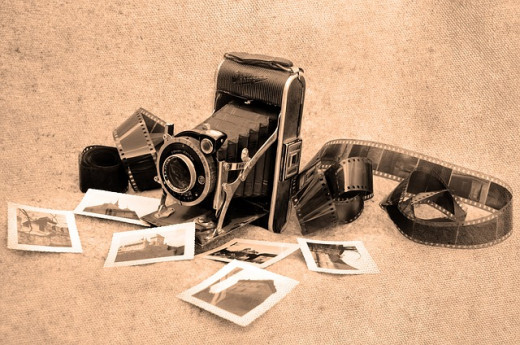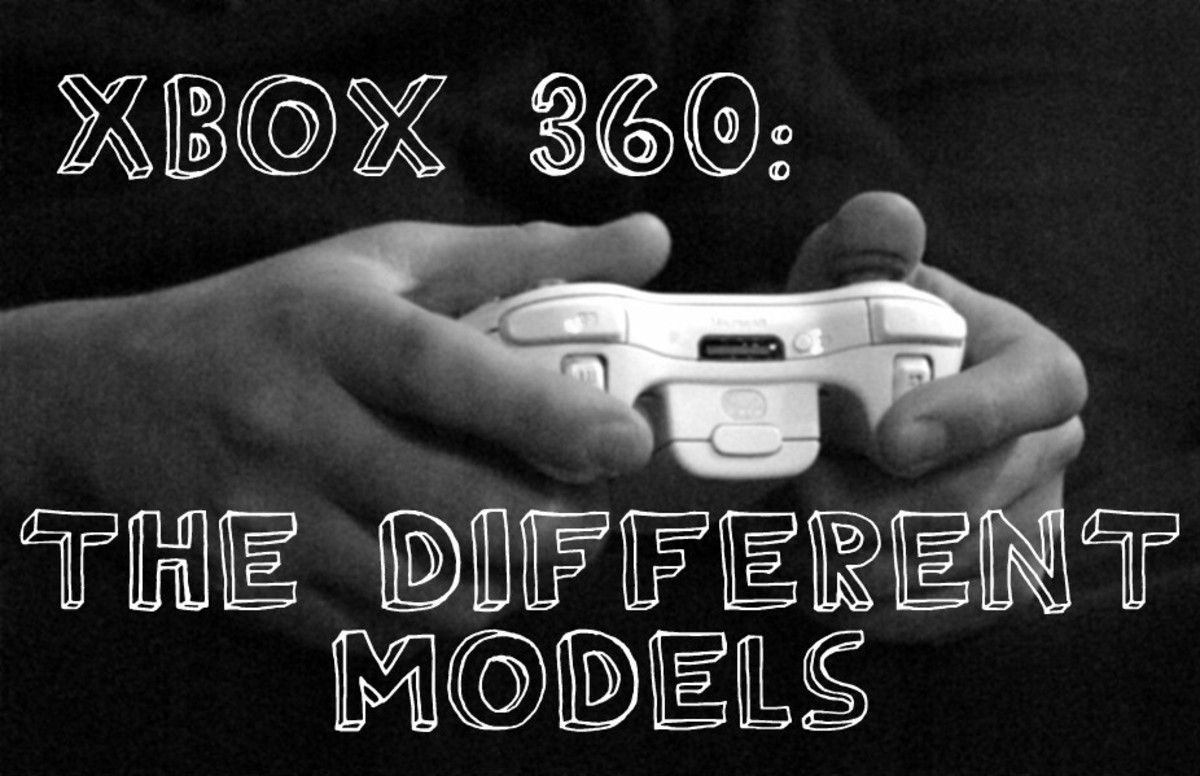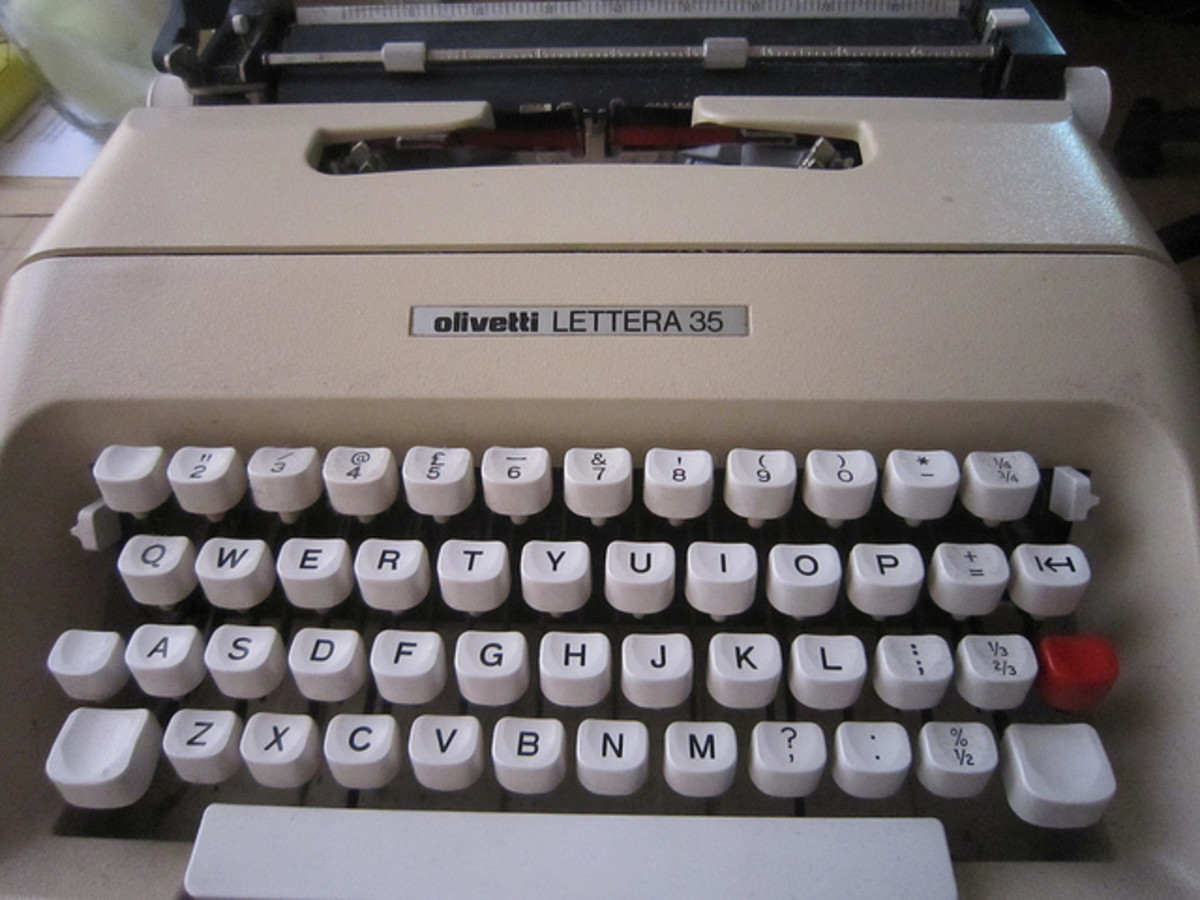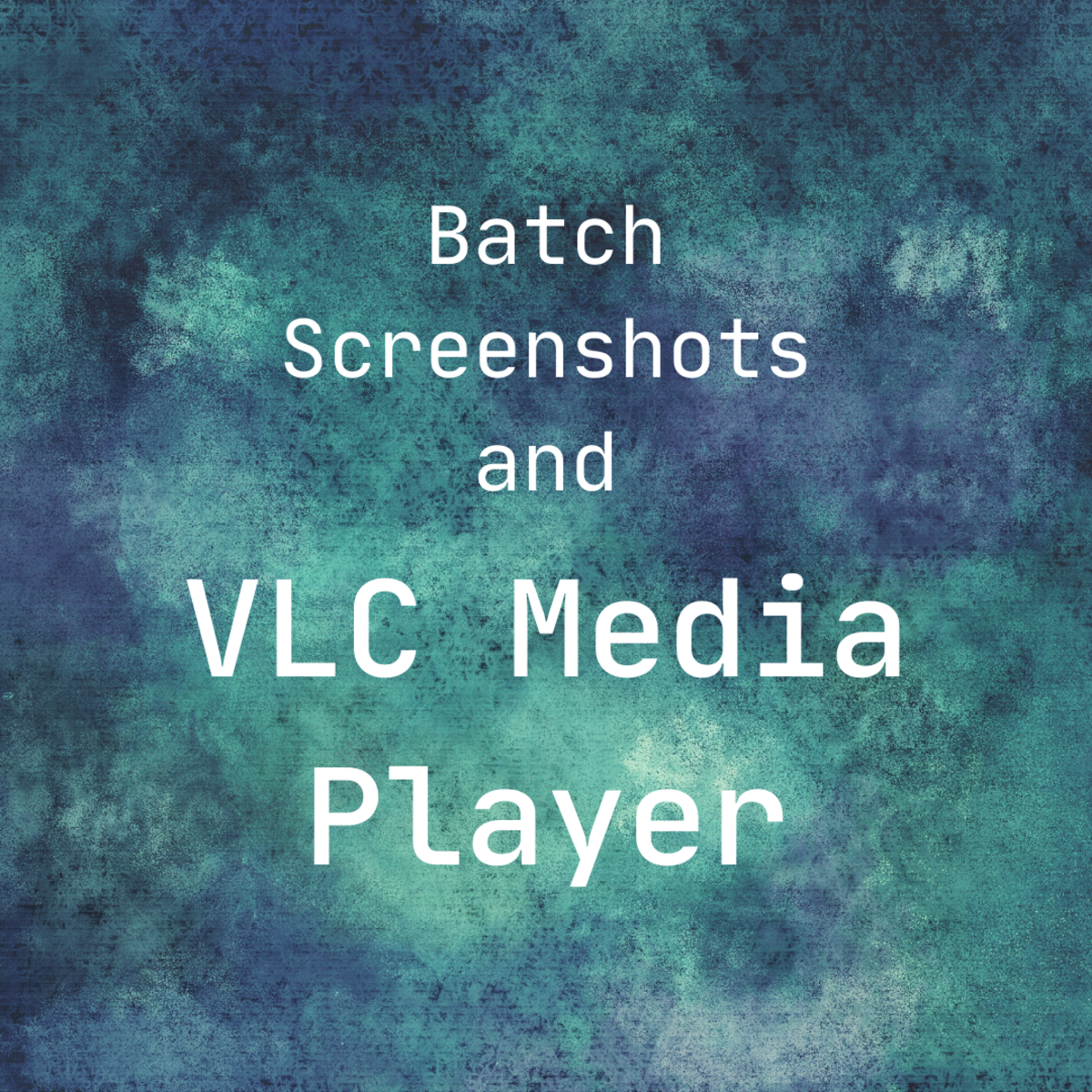- HubPages»
- Technology»
- Computers & Software»
- Computer How-Tos & Tutorials
Difference Between Jpeg Png Gif and Tiff
An image is worth thousand words
You know How important images are. Right ! But How many of us understand the different types of images. although every one of use images in our daily life only few of us really understand the types of images.
So this bring us to Question, Why understanding images is so important? Well when it comes to images and the web, you will find it everywhere, whether if it's your logo, feature images of a post, sending it over an attachment etc. And only if we know which file format is better suited for which work we will be able to make better decisions. For example
- If you making a logo and want some part of it transparent than it's better to save the images as PNG and not JPEG.
- If you want to make animated images then save it as GIF.
- If you are looking for details and sharpness then go for JPEG.

There are tons of image formats but luckily only few of them ( JPEG, PNG, GIF and TIFF ) are popular. So without caring about others we will take a look at the characteristics of these 4 and what is the difference between these file format.
Prerequisite
Before understanding the different graphic format we should have the knowledge of compression and bit depth.
Compression is of two type
- Lossy compression where quality is lost after the image is compress. Eg jpg
- Lossless compression - In this compression technique there is no loss of quality.
Bit depth
This is use to estimates quality of a signal quantization. It may sound technical so lets just understand it as more is the bit depth value more will be the colors present in it.
Let take a look at popular graphic format one by one.
1. JPEG or JPG
JPEG stands for Joint Photographic Experts Group.
-
Works best for continuous images, like photographs.
-
Support millions of colors as it 24 bit depth.
-
Small size is obtained due to lossy compression but this is done at the cost of throwing some information about the image. (Often useless information)
-
Does not support transparency.
-
Not fit for text and simple graph pictures as you might not get sharpen end.
When should I used JPEG ?
Since it has very small size it is best for online use but remember to use it only when you have more colors in your picture. Example scenery, photograph websites.
Best use of JPEG

2. PNG
PNG stands for Portable Network Graphics.
-
It also supports millions of colors like JPEG format.
-
Since it's based on lossless compresses file size is cut, but doesn’t throw anything way information so file size will be greater than its JPEG equivalent.
-
Unlike JPEG this PNG is capable of making transparent object.
-
Not supported by every browser (I.E 6 and lower) or image editing program
-
Do not support animation.
When should I use PNG format ?
The best use of PNG is when you need a transparent object or for making images with few solid colors, and images with lines, like logos, clip art, and small text in image

3. GIF
Gif stands for Graphics Interchange Format
-
GIF represent images with less color as compare to PNG and JPEG. It is 8 bit depth which means it support only 256 colors which means less color quality.
-
Like PNG, GIF is also a “lossless” format.
-
Again like PNG, GIF also supports transparency, but allows only one color to be set as “transparent.”
-
But unlike others it's Supports animation.
When should i used GIF ?
The best use of GIF is when you have to make an animated motion picture for online
Example of GIF
Since hubpages don't support animated GIF, you can use this link to preview it.
4. TIFF
It stands for Tagged Image File Format.
- Very high quality image
- They come in both compress and uncompressed form.
- Generally very big file size
When should I used Tiff ?
When you have to take a print of the picture this is the best format. It will ensures you high quality than others.
You can preview TIFF samples using this link.
Difference Between jpeg png and gif
JPEG
| PNG
| GIF
| |
|---|---|---|---|
Colors
| up to 16 million
| up to 16 million
| 256 colors
|
Format
| “lossy” format
| “lossless” format
| “lossless” format
|
Transparency
| No
| Yes
| Yes, only 1 color
|
Animation
| No
| No
| Yes
|
Best Use
| Multi color Photographs, continuous tone images
| Transparent logos, clip art, and small text in images.
| Animated banner, moving pictures
|
Conclusion
Thus we have seen some common file formats. It's important to understand that each of them have their own advantage and limitation. It's up to us to decide which suits our need. If you need animation than use gif, if your image has some text of small clip art than PNG is the best and if you are going to use color rich photographs on web than JPEG is the best options.
So the next time someone's ask you which image format they should you will have the answer.








